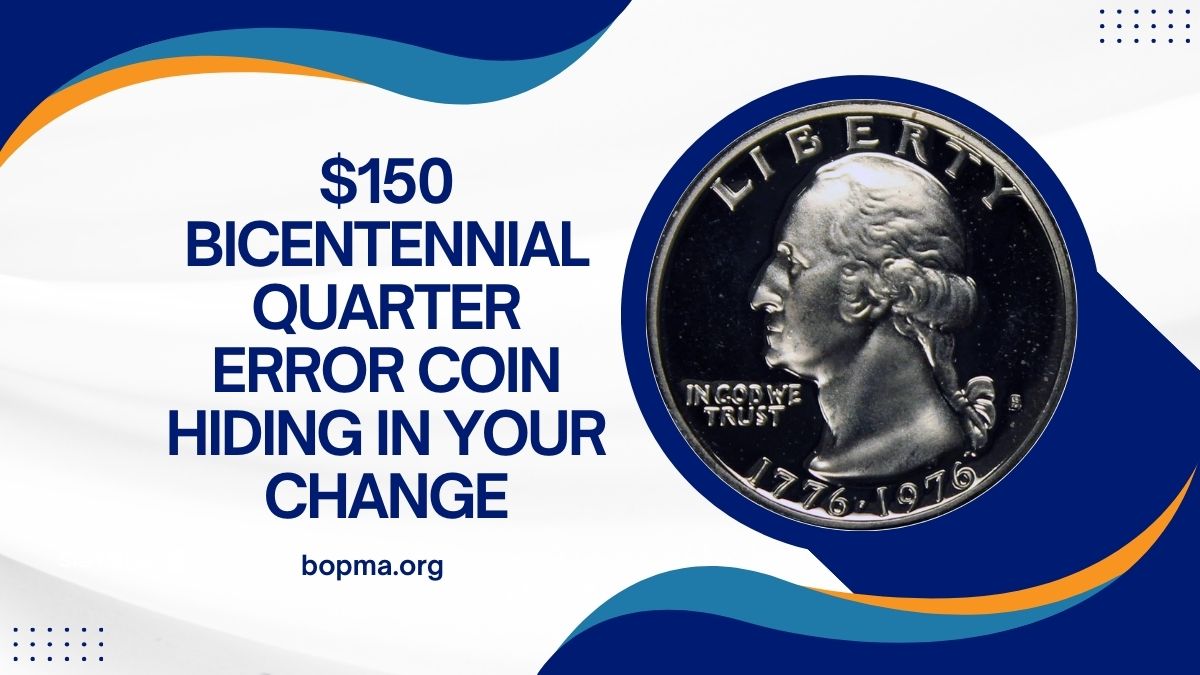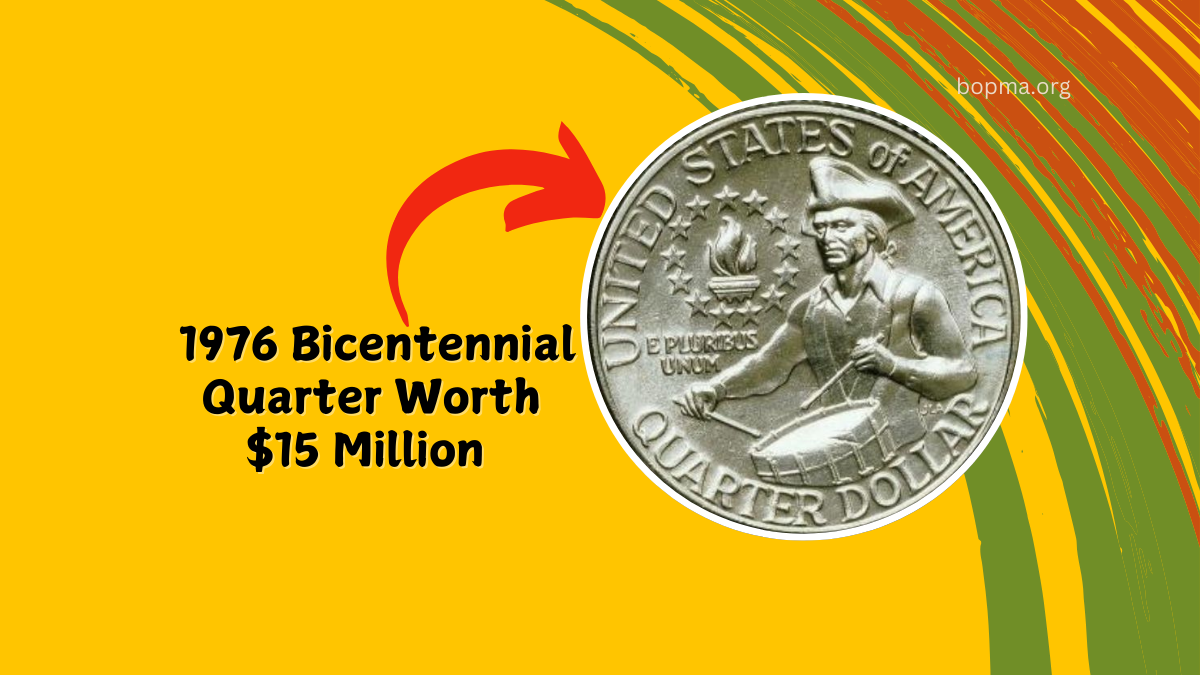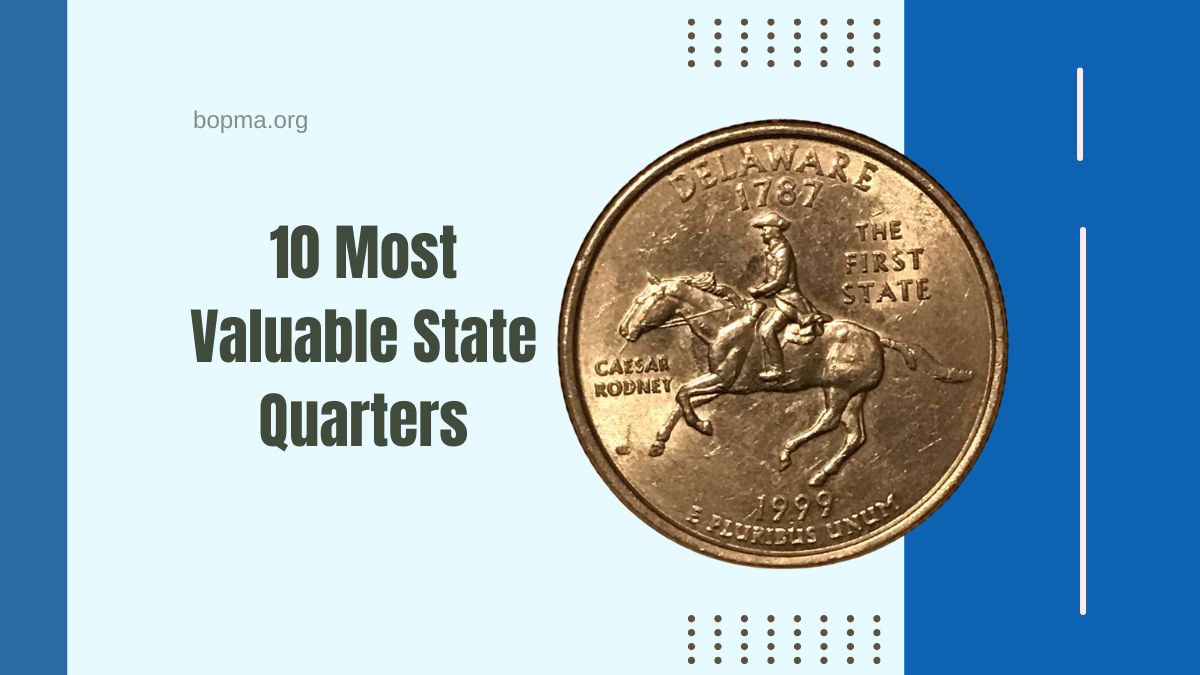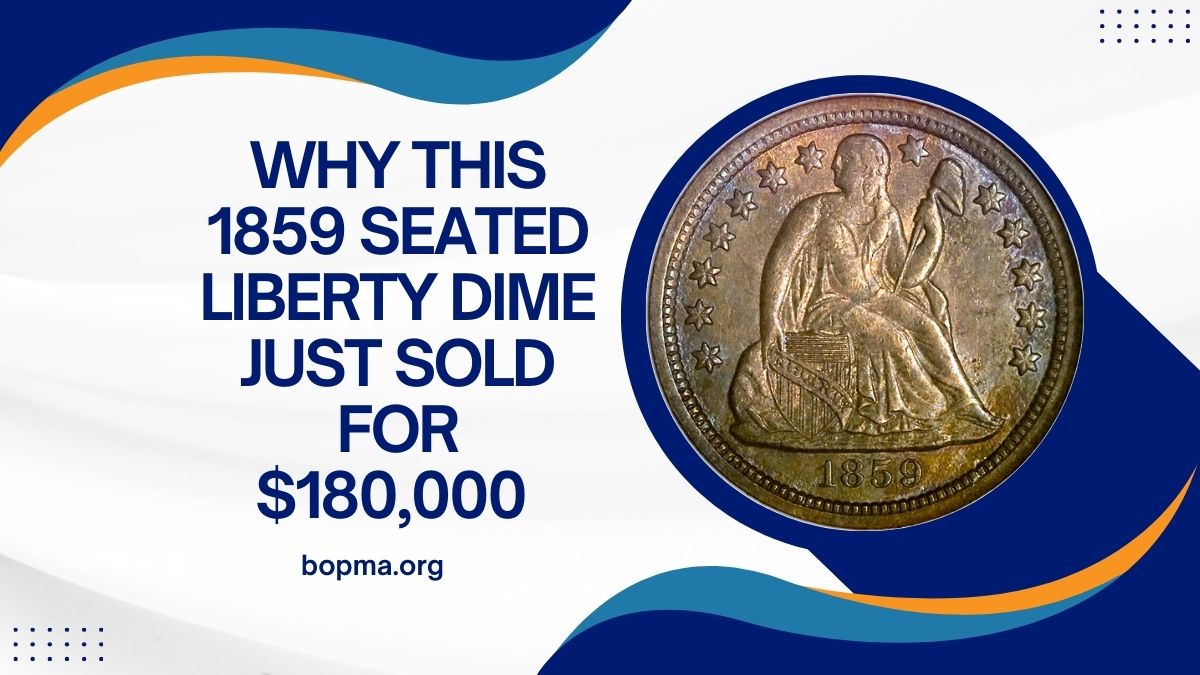In 1976, to commemorate the 200th anniversary of the United States’ independence, the U.S. Mint released special Bicentennial quarters.
While millions of these coins were produced, certain error variants have become highly sought after by collectors, sometimes fetching prices up to $150 or more.
This article delves into the history, types of errors, and how you might identify these valuable coins in your change.
The Bicentennial Quarter: A Brief Overview
The Bicentennial Quarter, minted in 1975 and 1976, features a unique design to honor America’s 200th birthday. Unlike regular Washington quarters, these coins display dual dates “1776–1976” on the obverse.
The reverse, designed by Jack L. Ahr, showcases a Colonial drummer boy with a victory torch encircled by thirteen stars, representing the original colonies.
Types of Bicentennial Quarter Errors
Certain minting errors have turned ordinary Bicentennial quarters into valuable collectibles. Here are some notable errors to watch for:
- Doubled Die Obverse (DDO): This error occurs when the coin’s design is duplicated slightly offset, leading to a doubled appearance of elements like inscriptions or features. DDO errors can significantly increase a coin’s value.
- Clipped Planchet: A clipped planchet error happens when a portion of the coin is missing due to a misfeed during the blanking process. The value depends on the size and location of the clip, with some fetching substantial amounts.
- Off-Center Strike: This error occurs when the coin is not properly aligned during striking, resulting in an off-center image. The degree of the off-center strike influences the coin’s value, with more dramatic misalignments being more valuable.
- Transitional Errors: These rare errors involve coins struck on planchets intended for other denominations or compositions, leading to unique and valuable pieces.
Identifying Valuable Bicentennial Quarters
To determine if your Bicentennial quarter holds significant value, consider the following steps:
- Examine the Coin’s Condition: Coins in uncirculated or mint state condition are generally more valuable. Look for coins with minimal wear, scratches, or blemishes.
- Look for Mint Marks: Bicentennial quarters were minted in Philadelphia (no mint mark), Denver (“D”), and San Francisco (“S”). The “S” mint mark indicates a proof coin, often struck with higher detail and sometimes in silver.
- Inspect for Errors: Use a magnifying glass to check for anomalies such as doubling of letters or numbers, missing elements, or misalignments.
Value Guide for Bicentennial Quarter Errors
The value of a Bicentennial quarter error coin depends on the type of error and the coin’s condition. Here’s a general guide:
| Error Type | Approximate Value Range |
|---|---|
| Doubled Die Obverse | $50 – $150 |
| Clipped Planchet | $30 – $100 |
| Off-Center Strike | $50 – $200 |
| Transitional Errors | $100 – $500+ |
Note: Values can vary based on market demand and coin grading.
How to Authenticate and Sell Your Coin
If you believe you’ve found a valuable Bicentennial quarter, follow these steps:
- Authentication: Consult a reputable coin dealer or numismatist to verify the coin’s authenticity and error type.
- Grading: Consider having the coin graded by a professional service, which can provide an official condition rating, potentially increasing its value.
- Selling: You can sell your coin through various avenues, including coin shows, auctions, online marketplaces, or directly to collectors. Research each option to determine the best fit for your situation.
While most Bicentennial quarters are common, certain error coins can be quite valuable. By carefully examining your change, you might discover a hidden treasure worth $150 or more.
Stay informed and vigilant, as these unique coins serve as tangible pieces of American history and can be a rewarding addition to any collection.
FAQs
What makes a Bicentennial quarter valuable?
Bicentennial quarters become valuable due to minting errors, high-grade conditions, or unique features like silver content.
How can I identify a doubled die error on my quarter?
Look for noticeable doubling in inscriptions or design elements, often visible with magnification.
Are all “S” mint mark Bicentennial quarters silver?
No, not all. Some “S” mint mark quarters are copper-nickel clad proofs, while others are 40% silver proofs.




